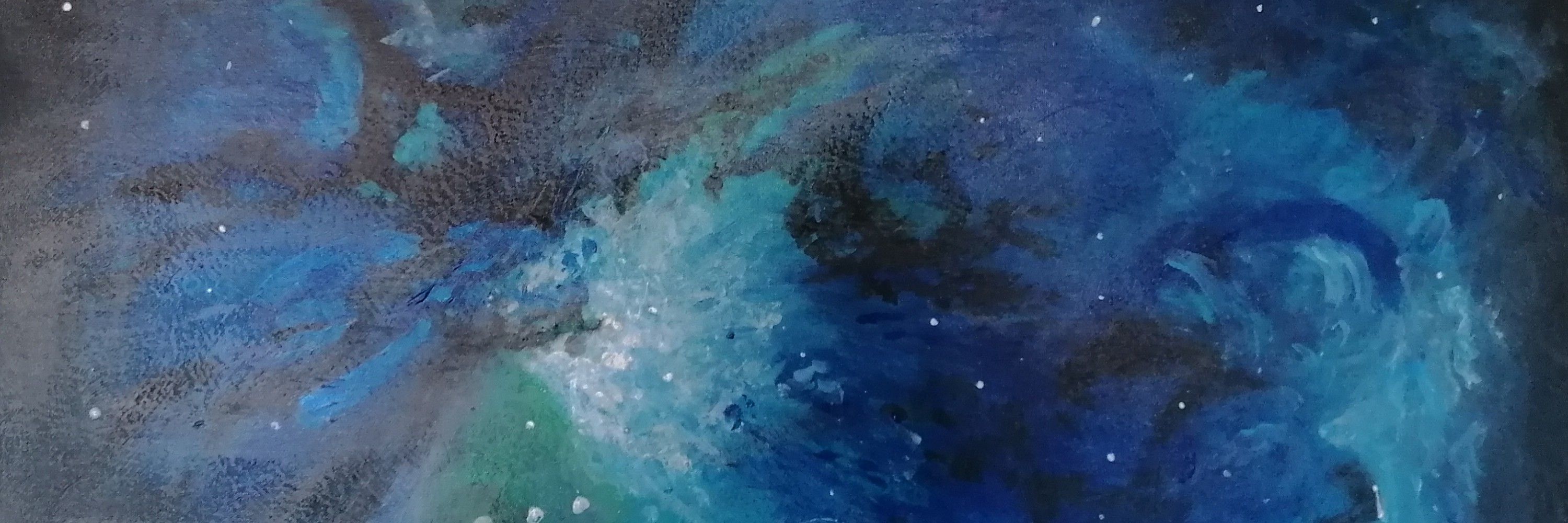
Instagram: @Fashionableastronomy

Here is a timelapse (condensed into 30s) of my artwork from the software I use, Procreate (on ipad). #sciart
Here is a timelapse (condensed into 30s) of my artwork from the software I use, Procreate (on ipad). #sciart
This art was inspired by one of the first images released by the Vera C. Rubin Observatory.
The Rubin Observatory will capture images of the entire sky every few days using the 3200 megapixel LSST camera, allowing astronomers to identify and study targets that move or change. (1/5)

This art was inspired by one of the first images released by the Vera C. Rubin Observatory.
The Rubin Observatory will capture images of the entire sky every few days using the 3200 megapixel LSST camera, allowing astronomers to identify and study targets that move or change. (1/5)
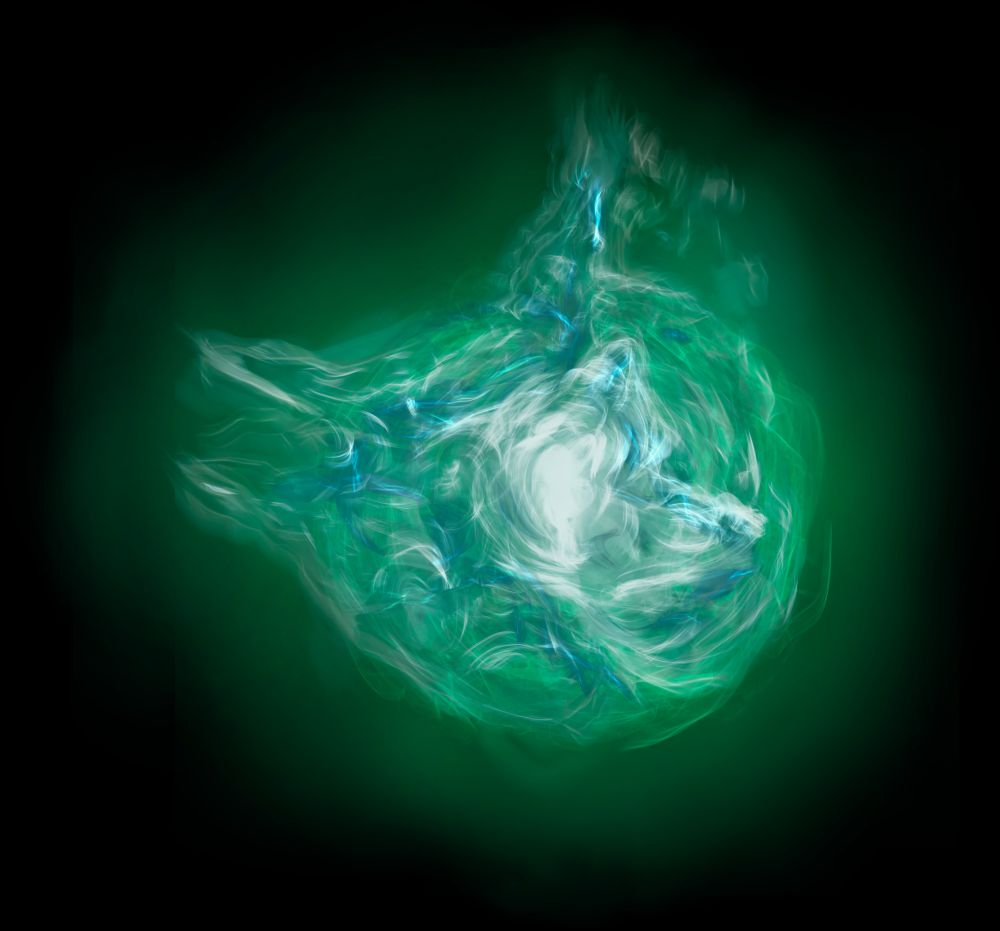
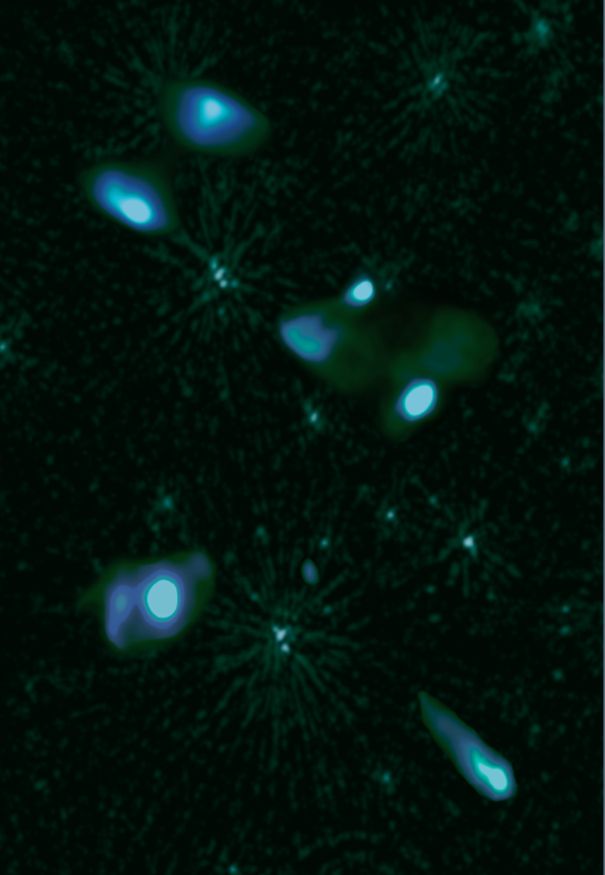
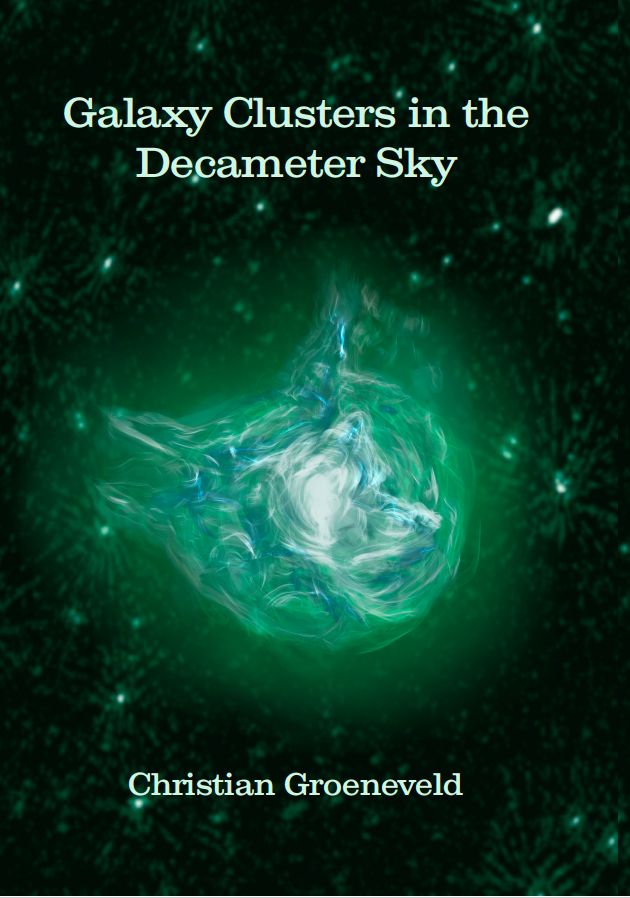


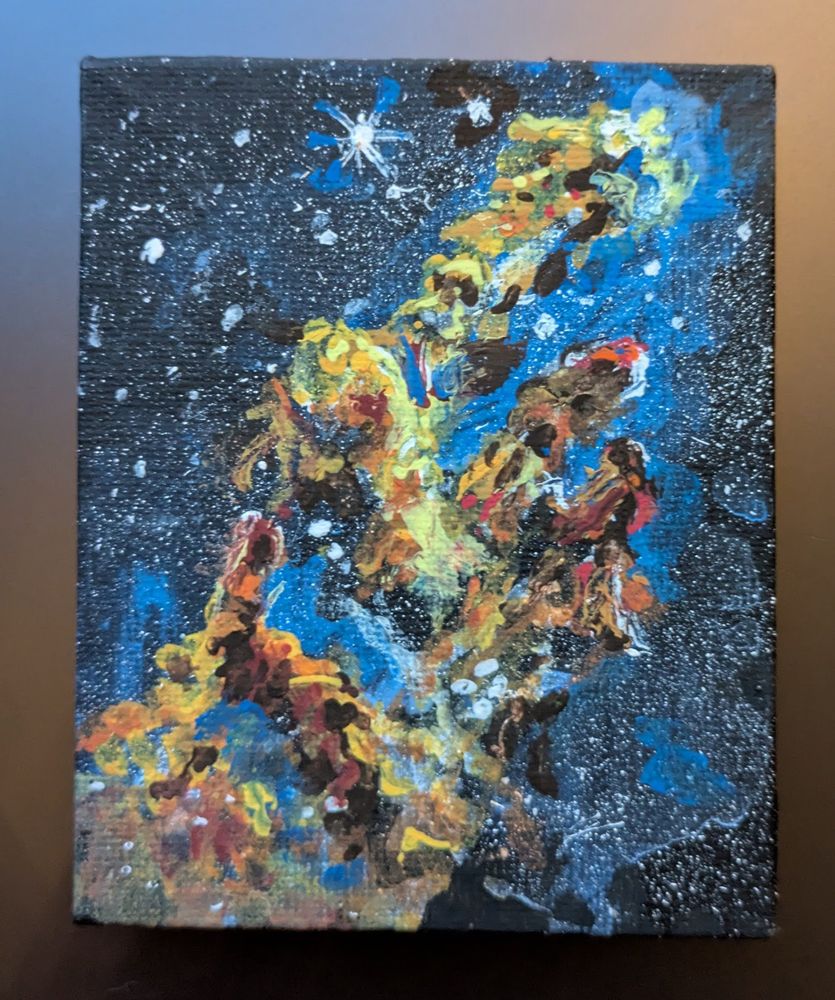


#SapcetoberChallenge_04 #SciArt
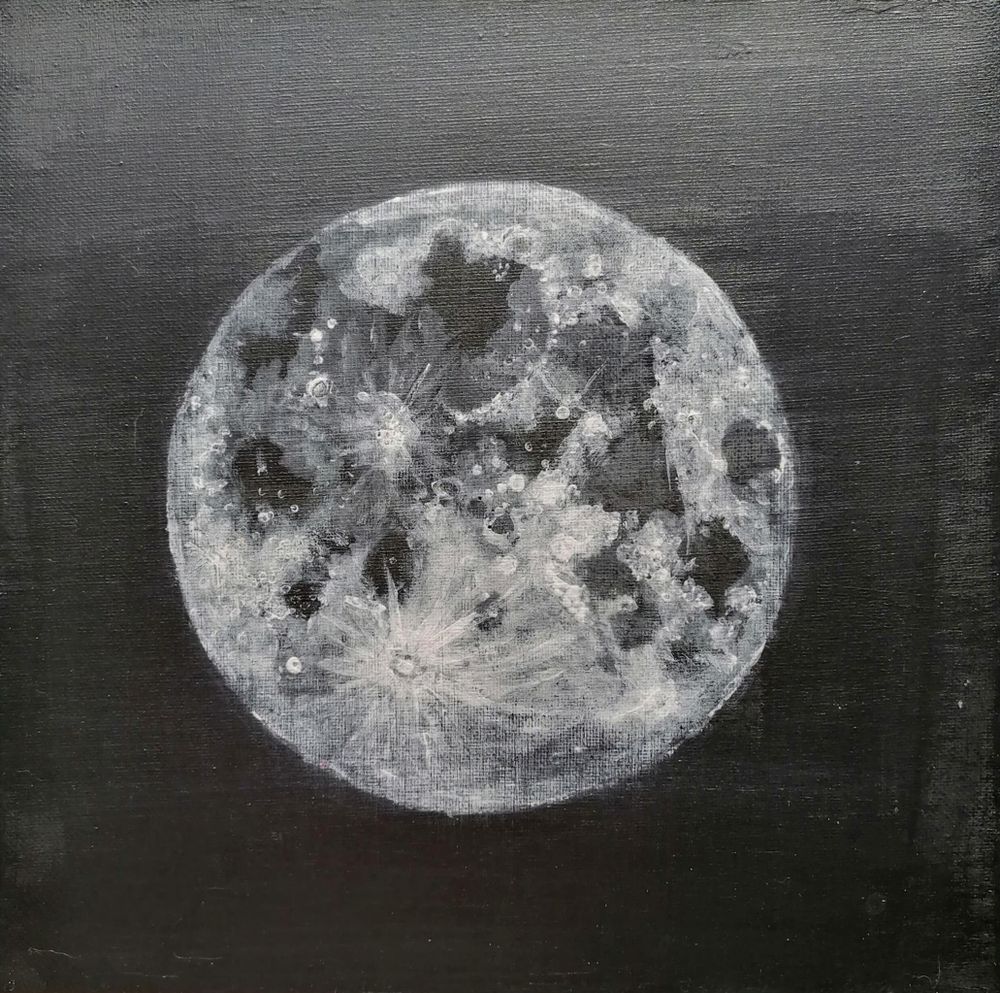
#SapcetoberChallenge_04 #SciArt
1. Impressions of a gas giant
2. Impressions of an exo-moon
3. Impressions of Mercury
4. Impressions of Mars.
#SciArt 🔭🐡
#spaceart #planet #acrylicpouring

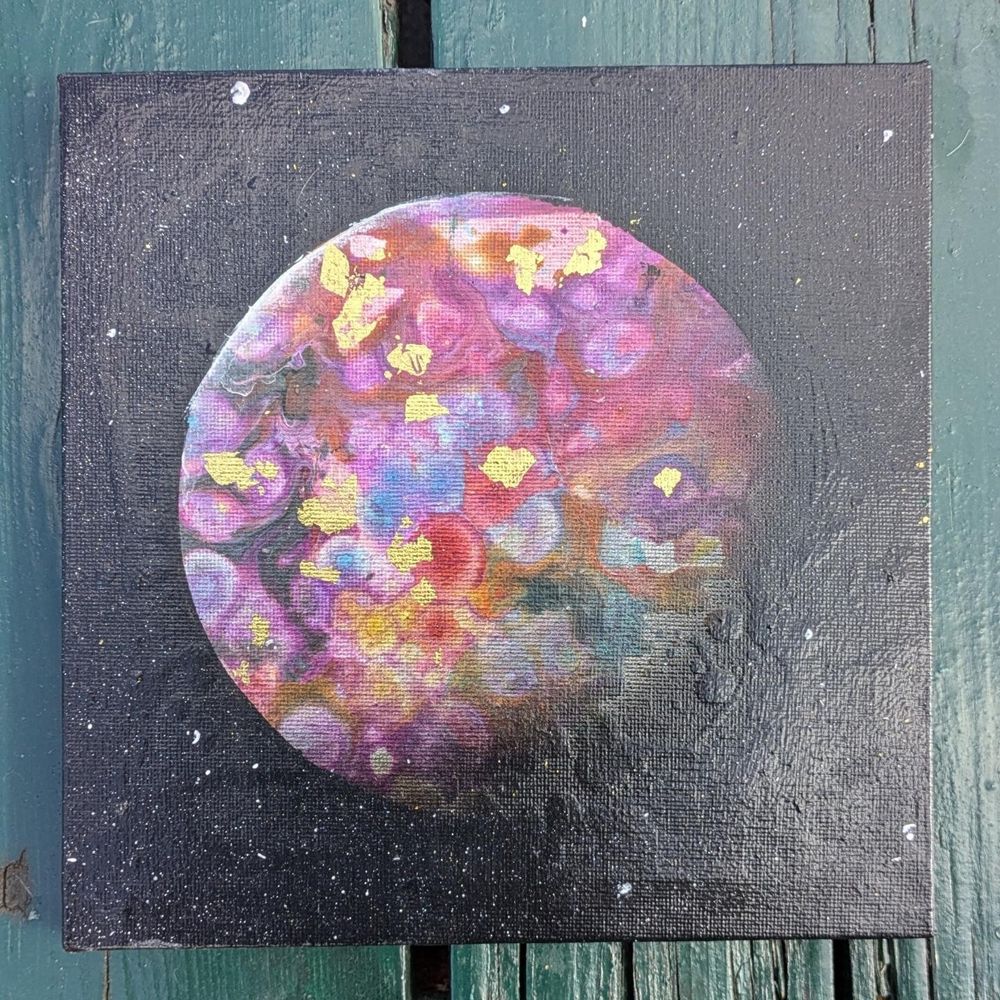


1. Impressions of a gas giant
2. Impressions of an exo-moon
3. Impressions of Mercury
4. Impressions of Mars.
#SciArt 🔭🐡
#spaceart #planet #acrylicpouring
🔭
#procreate #digitalart #spaceart
1/3
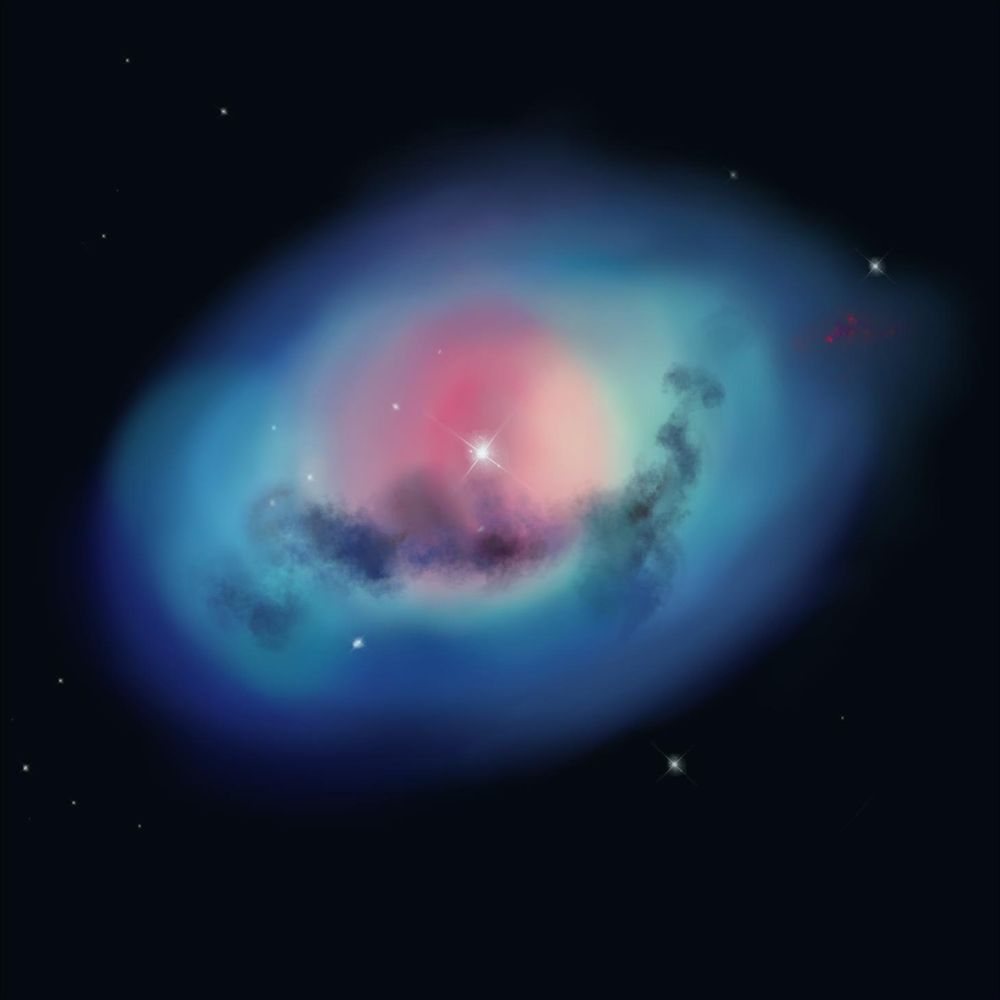
🔭
#procreate #digitalart #spaceart
1/3




🎨🔭 🐧
I first encountered the Penguin Galaxy through the Galaxy Zoo Project, one of the most successful citizen science initiatives (imo).
1/7

🎨🔭 🐧
I first encountered the Penguin Galaxy through the Galaxy Zoo Project, one of the most successful citizen science initiatives (imo).
1/7

This 20x20cm acrylic painting captures the beauty of the Heart Nebula (center) and the Fishhead Nebula (bottom right). The Heart Nebula gets its name from its resemblance to a heart when observed in visible light. 🔭
1/4

This 20x20cm acrylic painting captures the beauty of the Heart Nebula (center) and the Fishhead Nebula (bottom right). The Heart Nebula gets its name from its resemblance to a heart when observed in visible light. 🔭
1/4







